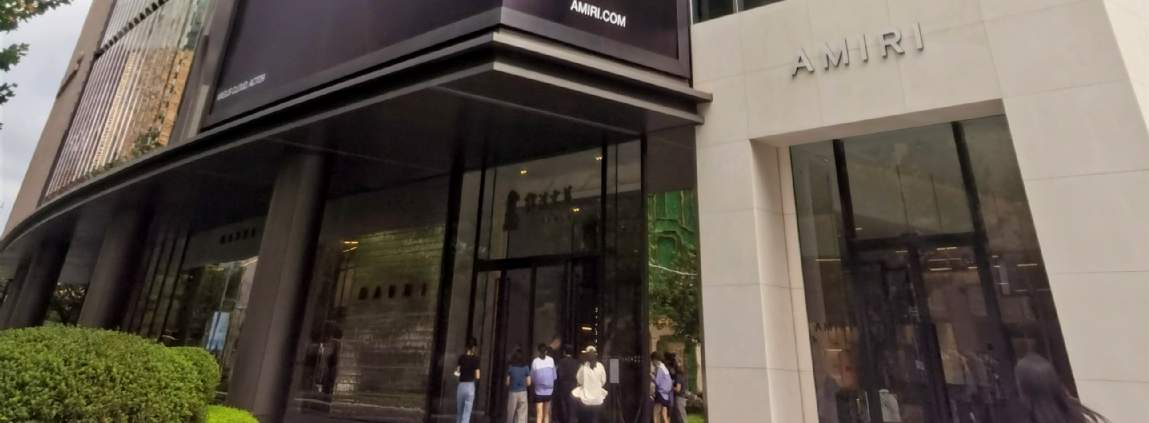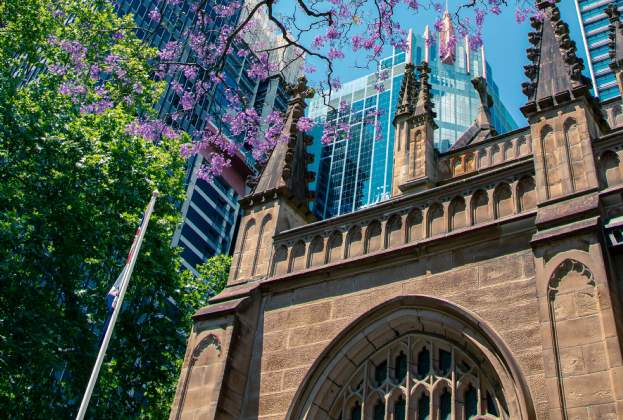MARKET OVERVIEW
A surge in COVID cases and subsequent lockdown in March had an outsized effect on the retail market, with Shanghai’s retail sales falling 10.7% YoY in the first three quarters of 2022, with wholesale and retail sales down 9.4% YoY, and accommodation and F&B sales down 24.8% YoY After the lockdown was eased in June, consumption began to recover with consumer spending skewed towards food, though there was also a pickup in some discretionary expenditure in Q3/2022, such as NEVs (New Energy Vehicles), smartphones, jewellery and cosmetics growing by 39.8%, 6.6%, 4.9% and 1.3%, respectively. Demand for NEVs is driven by policy support, highly competitive offers in a fiercely contested space, as well as an increasingly environmentally conscious consumer base. International cosmetic brands have been snapping up a stable of niche brands and bringing them to the China market, while they are initially marketed online; pop-up stores and offline store networks will often follow, with Shanghai typically the first choice.

.jpg)
.jpg)

.jpg)
.jpg)
.jpg)
.jpg)
.jpg)
.jpg)
.jpg)
.jpg)
.jpg)
.jpg)
.jpg)
.jpg)
.jpg)